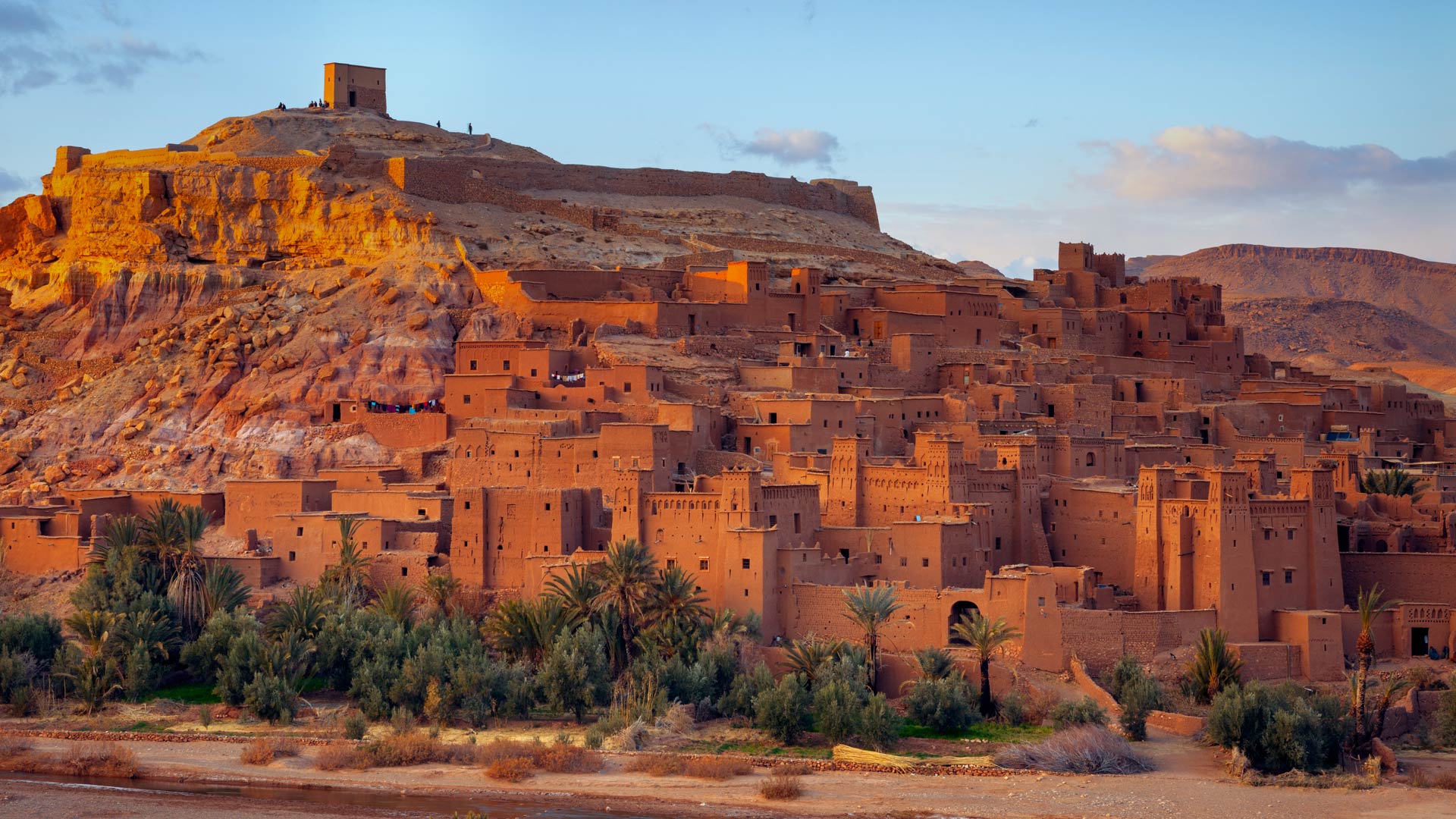Dominion and Design as an Act of Care
Dominion and Design as an Act of Care
The ideas of dominion and care are in many ways parallel to each other. One is a controlling force which forces itself onto another and the other is an act of kindness to something which needs assistance in one way or another. These two ideas may not sound directly linked to architecture; but in reality it is a lot more prevalent than it is first known.
Dominion - Mid 15c., "lordship, sovereign or supreme authority"
from old French dominion "rule, power" which derives from Medieval Latin dominiorem corresponding to Latin Dominium "property, ownership" from dominos "lord, master" from Domus "house"
Dominion reflects the human-centric world which we live in at this current time. This concept of Dominion gave a permission to set man at the centre of all things. Even if not true, man has come to think of itself as above the world, above very nature itself. In mans (and I say mans as in humans, but do not specifically refer to all humans) eyes, it is believed that everything can be owned, and everything can be exploited for our own gain of power. Every tree, every lump of ore is a pawn in the power struggle which is man. This idea is not sustainable. Even though there will always be powerful people, we need to make sure we keep accountability on them. The idea of dominion is a destructive all consuming force, which if we are not careful will consume us swell.
Compare the 'civilised' and I use civilised lightly here, too that of Indigenous ways of living. A common theme throughout these vastly different indigenous groups is that they must 'tread on the earth lightly'. Aboriginal people native to Australia hold a symbiotic relationship with their environment. They did not seek to 'conquer' it (the environment) but to live empathetically within it. Similarly, the nomadic way of living, such as the indigenous Americans only take from the land what is NEEDED and not what is wanted.
For the exact opposite you don't have to look far. The industrial revolution. Industry and the idea of mass production is an idea that, standard production, like the growing of produce or the making of something by hand is too slow and unpredictable. In the eyes of the industrial revolution, the only acceptable product is one that has been controlled and manipulated since the moment of its conception to the moment it hits the shelf. Don't get me wrong, the industrial revolution was a marvellous thing, bringing about needed change, both on an economic and social level. But like all things, it had consequences. The mass urbanisation and easier access to the rest of the world meant that International demands rose as-well. This lead to an increase in child labour, a greater need for raw materials, pollution and waste.
"Given birth in the dark satanic mills of the UK, it spread across the world, exploiting populations and landscapes as it went."
-Genesis of Globalisation
Industrialisation and globalisation has had the consequence of drastically raising levels of pollution, waste and diminishing air quality. With a direct impact upon climate change, industrialisation and the idea of dominion has put the world on the edge of crisis.
The Covid pandemic illustrates the futility the human idea of dominion over the earth as industrial dependancy has turned into industrial dependency. Modern humans should learn from indigenous cultures and how they respect the earth.
Take Ait Benhaddou for example, which was constructed to exhibit the cultural, social and economic orders of the day. The most important building was the 'greniere' which was the grain store and keep. For Ait Benhaddou, food and feeding its people was its primary focus and trade was second. We should learn from this, and examine what we have lost. In some ways we have come together, but in a world which values dominion, it is getting harder and harder to work together to achieve a common goal. Not because we don't want to, but because the society we live in today prioritises the individual power and success over that of the community.

"I went to Morocco not to discover new things but rather to discover what we have forgotten"
Alvar Aalto - architect
Now, the exact opposite is the idea of caring, and specifically using design as an act of care. Exploring the idea of dominion has shown me the danger it has not only on the human race but that of the entire planet. At first I believed that I could do nothing, but then I realised that the whole idea of an architect is doing something for someone else. In this case, designing buildings. And If we only set our minds to it, architecture could be the driving force for using design as a vehicle for change and to care for both our planet and others.
Architecture takes on many forms, but I personally believe that architectures most important form is as an act of care. Take the Sverre Fehn school for deaf children, its main goal was to provide crucial care to the children of Oslo and Norway as a whole.






Comments
Post a Comment